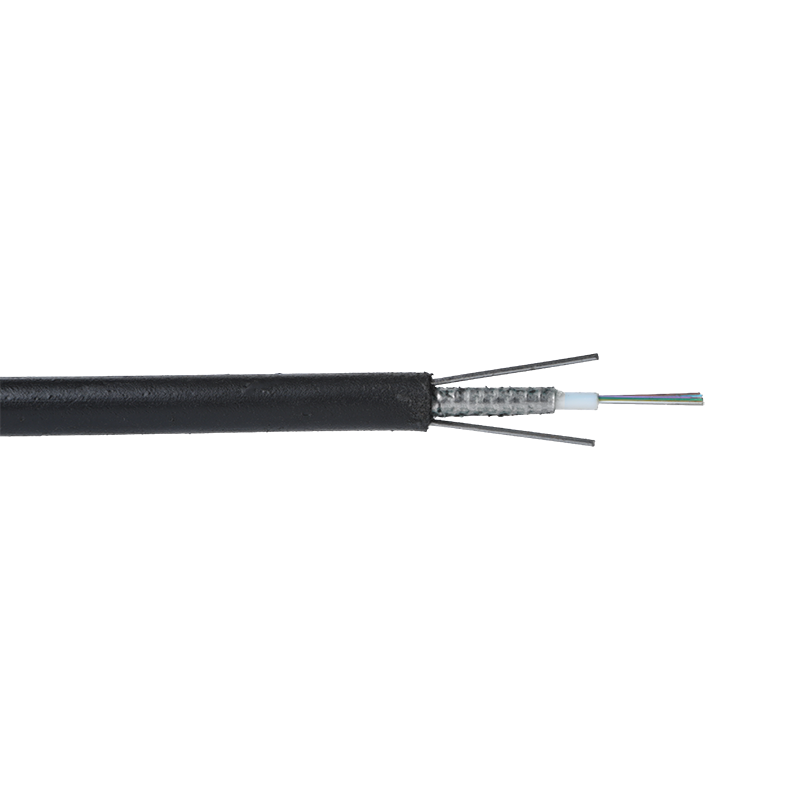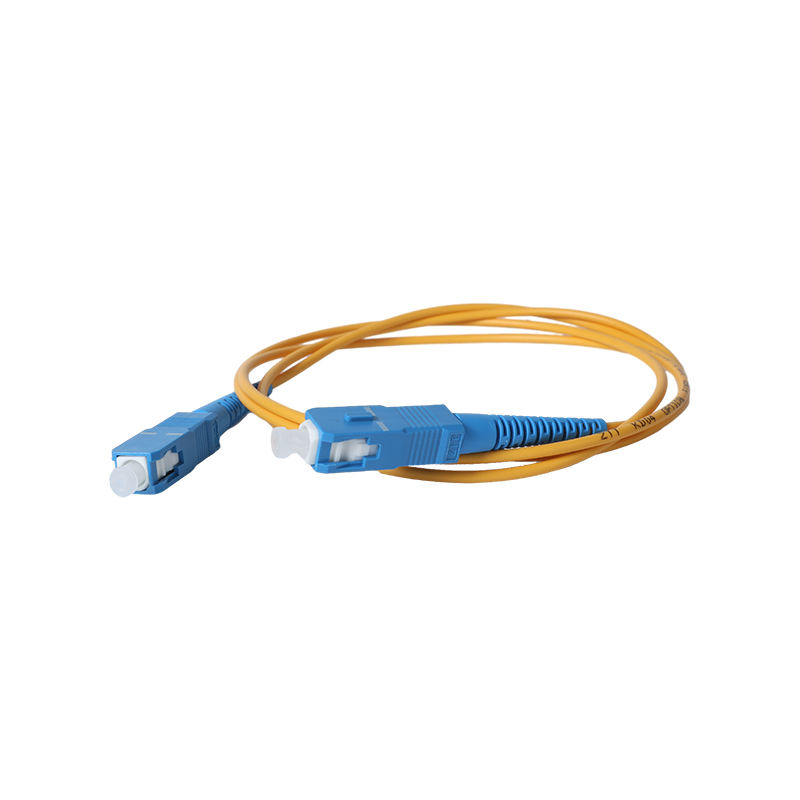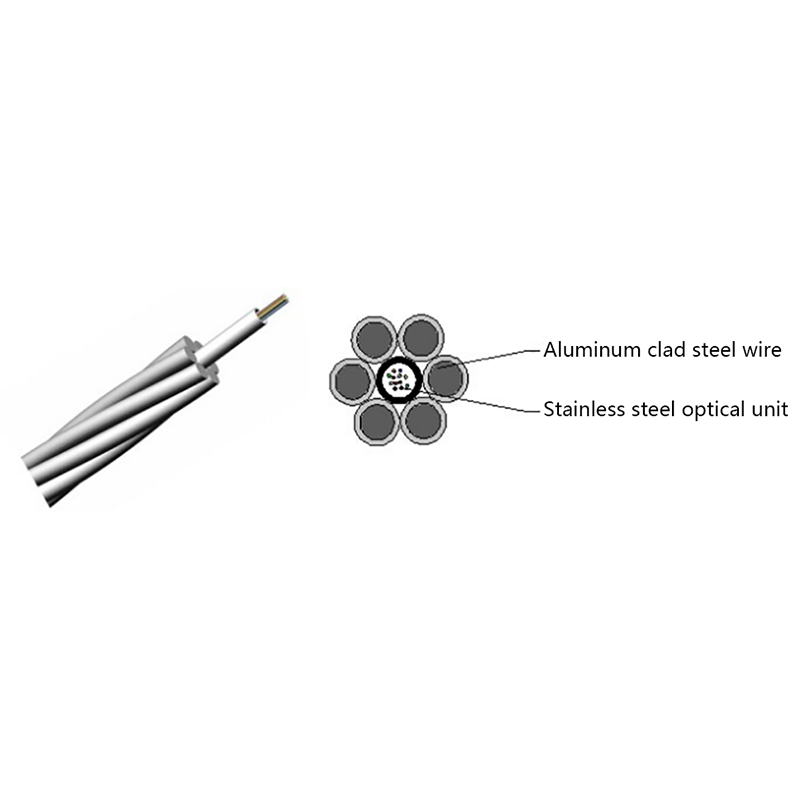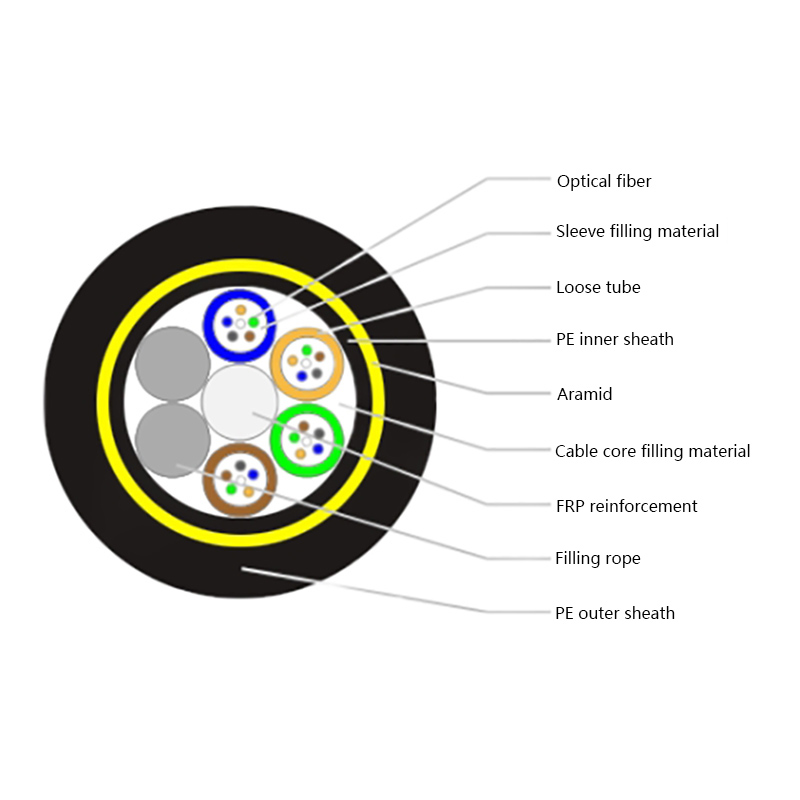What Are FTTH Butterfly Optic Cables and Why Are They Essential for Modern Networks?
In the ever-evolving world of telecommunications, fiber optic technology plays a crucial role in meeting the growing demand for high-speed internet, data transmission, and global connectivity. Among the various fiber optic solutions available, FTTH Butterfly Optic Cables have emerged as a key component, offering several advantages that cater to the needs of modern networks. But what exactly makes these cables stand out, and why are they indispensable for the future of communication?
Unveiling the Structure of FTTH Butterfly Optic Cables
FTTH Butterfly Optic Cables are designed to deliver high-performance optical signals directly to homes and businesses, providing faster and more reliable internet access. The term "butterfly" refers to the unique structure of the cable, where multiple optical fibers are bundled together within a single protective sheath. This design mimics the shape of a butterfly’s wings, ensuring efficient management of the fibers, which are typically used for broadband internet, video, and voice services.
Each individual fiber in the butterfly cable can transmit large amounts of data at incredible speeds, and the entire bundle is optimized for low signal loss and high durability. The cables are often used in direct-to-home (FTTH) installations, where the fiber runs directly from the service provider’s network to the consumer’s premises, offering a higher quality of service compared to traditional copper-based connections.
Advantages of Butterfly Optic Cables
High-Speed Data Transmission
One of the most significant advantages of FTTH Butterfly Optic Cables is their ability to support ultra-fast data transmission. With bandwidth capacities reaching up to 100 Gbps and beyond, these cables ensure that users experience minimal latency and high download and upload speeds. As the demand for data-heavy applications such as video streaming, cloud services, and virtual conferencing increases, the need for faster internet speeds becomes paramount. Butterfly cables provide a seamless solution to this challenge.
Efficient Space Utilization
The compact and efficient design of FTTH Butterfly Optic Cables makes them ideal for use in confined spaces. The cable’s flat, ribbon-like structure enables easy installation in areas with limited room, such as residential buildings and commercial spaces. The multiple fibers within each cable can be spliced individually, ensuring that the installation process is both streamlined and cost-effective.
Durability and Reliability
Made from high-quality materials such as glass and coated fibers, FTTH Butterfly Optic Cables are built to withstand various environmental factors. They are highly resistant to temperature fluctuations, moisture, and physical wear, making them suitable for both indoor and outdoor installations. The robust design minimizes the risk of signal degradation over time, ensuring a long-lasting and stable connection.
Cost-Effectiveness
Although fiber optic technology is often considered an expensive investment, FTTH Butterfly Optic Cables can offer significant cost savings in the long run. The design of these cables reduces the need for multiple individual fibers, which lowers both material and labor costs during installation. Additionally, their durability ensures minimal maintenance and repair, further reducing the overall operational costs.

Scalability and Future-Proofing
As demand for data and bandwidth continues to grow, FTTH Butterfly Optic Cables provide a scalable solution for expanding network infrastructure. Service providers can easily add or upgrade the number of fibers within the cable to meet future demands, ensuring that the network remains relevant and capable of handling increased traffic. This future-proofing capability makes them an excellent choice for long-term investments in broadband infrastructure.
Applications of FTTH Butterfly Optic Cables
FTTH Butterfly Optic Cables are used in various applications across multiple sectors, including:
Residential Broadband: FTTH networks are becoming the gold standard for delivering high-speed internet directly to homes. With the increasing number of smart devices in households, these cables provide the necessary bandwidth for uninterrupted streaming, gaming, and remote work.
Commercial Networks: Businesses require robust and reliable network infrastructure to support their day-to-day operations. FTTH Butterfly Optic Cables meet this need by ensuring fast, secure, and uninterrupted data transfer.
Telecommunication and Fiber Infrastructure: Telecom companies rely on these cables to build the backbone of their fiber networks. The high capacity and durability of butterfly cables allow providers to expand their services to meet the growing demand for high-speed internet.
FTTH Butterfly Optic Cables are revolutionizing the way we connect and communicate. With their high-speed data transmission capabilities, space-saving design, and remarkable durability, these cables are paving the way for the next generation of telecommunications networks. Whether in residential, commercial, or industrial applications, they provide the reliability and scalability needed to keep pace with the ever-expanding demands of the digital world. As we continue to depend on high-quality, high-speed internet for virtually every aspect of our lives, FTTH Butterfly Optic Cables will remain a cornerstone of modern network infrastructure.



 English
English русский
русский Español
Español عربى
عربى 中文简体
中文简体




















